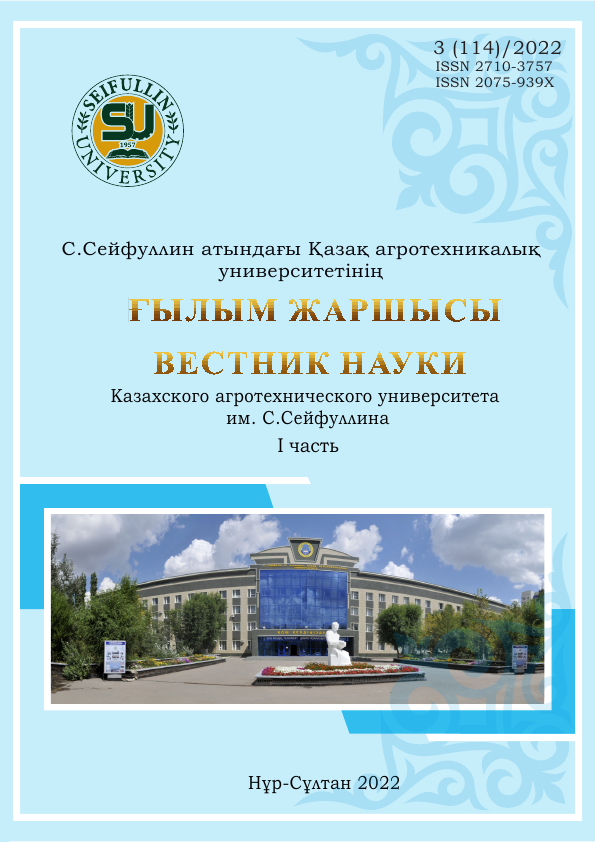ANALYSIS OF AGROMETEOROLOGICAL CONDITIONS OF THE GROWING SEASON 2020 AND 2021 IN NORTHERN KAZAKHSTAN: FEATURES AND MEASURES OF ADAPTATION TO CLIMATE CHANGE
DOI:
https://doi.org/10.51452/kazatu.2022.3(114).1166Keywords:
air temperature; number of hot days; precipitation; heat supply; moisture supply; aridity; spring wheat; yieldAbstract
The article presents the results of the analysis of agrometeorological conditions in Northern Kazakhstan in 2020 and 2021: the number of hot days during the growing season of crops, the amount of precipitation, moisture availability and aridity of the growing season, the effectiveness of various tillage and sowing systems. The analysis of the results makes it possible to compare these data with long-term data of climatic indicators and their impact on the growth, development and productivity of agricultural crops. An increase in the number of hot days, an increased wind regime, the manifestation of dry winds are the main agrometeorological factors, along with precipitation, moisture availability and aridity of the growing season, affecting the level of productivity of agricultural crops. Weather conditions were one of the factors reducing the level of crop yields. A pattern of increasing the number of hot days for agricultural crops over the past 31 years, when the air temperature exceeds 32 ° C, has been revealed. The system of direct sowing, minimal tillage and sowing system reduces the vulnerability of spring wheat productivity to weather conditions.

